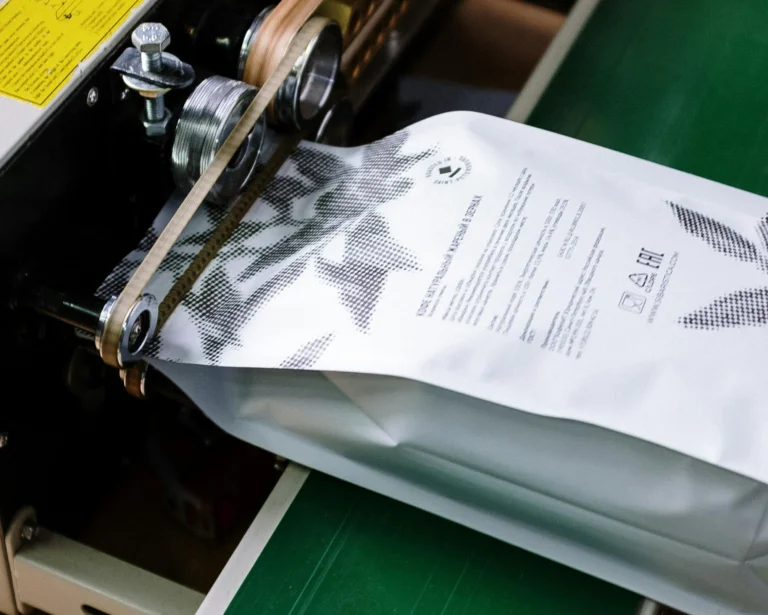Espresso machines are costly, leaving many people wondering why they are so expensive. The factors that contribute to the cost of espresso machines are very important for anyone who is looking to invest in one. Knowing what contributes to the price can help you make an informed decision. In this article, we will look into the key reasons behind the expense of espresso machines.
What Makes Espresso Machines So Expensive
Here are the factors that make espresso machines expensive.
1. Quality of Materials
Durability:
High-end machines are built with premium materials like stainless steel, brass, and high-grade plastics. These materials are more durable and resistant to wear and tear ensuring the machine lasts longer.
Precision Components:
Components like the boiler, pump, and grinder are made from top-quality materials that contribute to the machine’s overall longevity and performance.
2. Technology and Engineering
Temperature Stability:
Maintaining the same temperature is very important for brewing high-quality espresso. Expensive machines use advanced technology to regulate temperature precisely which can involve complex engineering and high manufacturing costs.
Pressure Control:
The ability to control and maintain the correct pressure (usually 9 bars) is essential for proper espresso extraction. Higher-end machines feature elegant pumps and pressure systems that are very expensive to make.
Built-in Grinders:
Many expensive machines have built-in grinders that are of high quality and offer precise grind size adjustments. This adds to both the cost and the convenience of the machine.
3. Automation and Features
Programmability:
Expensive machines come with programmable settings that allow users to customize their espresso shots, milk frothing, and other parameters. The inclusion of these features requires advanced electronics and software
Automatic Functions:
Fully automatic machines can grind, tamp, brew, and clean themselves all of which involve complex mechanisms that make them expensive.
4. Brand and Design
Reputation:
Established brands like Breville, La Marzocco, and Rancilio are known for their high-quality materials due to which they command higher prices.
Design Aesthetics:
High-end machines are often designed with aesthetics in mind which feature sleek and modern designs that look great in the kitchen. The design process itself adds to the cost and makes the machine expensive.
5. Manufacturing Process
Handcrafted Elements:
Some high-end machines are handcrafted or they involve manual assembly which increases labor costs.
Quality Control:
Rigorous testing and quality control procedures make sure that each machine meets high standards and this process also adds to the production costs.
6. Import and Distribution Costs
Import Duties:
Many espresso machines are manufactured in Italy or other countries which can add import duties and shipping costs.
Distribution and Retail Markup:
The final retail price includes markups from distributors and retailers which can significantly increase the cost to consumers.
7. Longevity and Investment
An expensive espresso machine is often seen as a long-term investment that will last for years and will offer consistent performance, reliability, and satisfaction over time. This long-term value justifies the initial high cost for many consumers.
Types of Espresso Machines and Their Impact On Their Cost
1. Manual Espresso Machines
Operation:
These machines require the user to manually control the pressure applied during extraction by pulling a lever. It gives the user complete control over the brewing process and allows them to fine-tune the espresso shot.
Impact on Cost:
Manual machines are often expensive due to their craftsmanship, high-quality materials, and the skill required to operate them. They are durable and are often sought after by professionals. The need for precision engineering also adds to the cost.
2. Semi-Automatic Espresso Machines
Operation:
These machines automate the water pressure and temperature but the user must manually start and stop the extraction process. They typically include a boiler, pump, and portafilter with options for steaming milk.
Impact on Cost:
Semi-automatic machines are moderately priced depending on the quality of components and features like PID temperature control and integrated grinders. The cost varies widely based on brand and build quality with some models priced more affordably for home use and others at a premium level for professional settings.
3. Automatic Espresso Machines
Operation:
These machines automate the water flow and extraction timing and enable users to focus on other aspects of preparation like grinding or frothing milk. The brewing process is consistent but users still have some control over the outcome.
Impact on Cost:
Automatic machines are generally more expensive than semi-automatic ones due to the additional automation and electronic components. The complexity of the internal systems and the ease of use contribute to higher prices.
Conclusion
Espresso machines are expensive due to a combination of factors that include the use of high-quality materials, advanced technology, and precise engineering required to deliver consistent and high-quality espresso. The level of automation, brand reputation, design aesthetics, and manufacturing processes further contribute to their cost.



